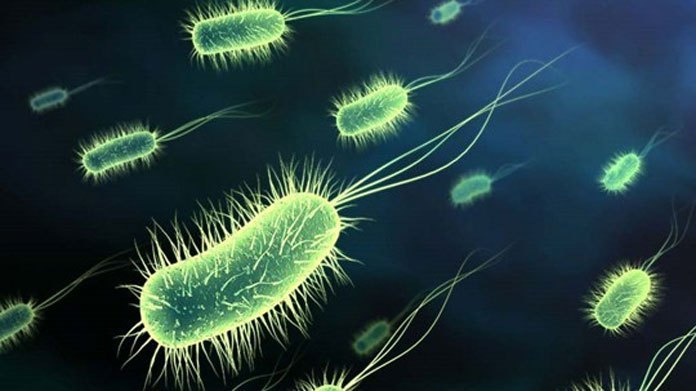For more than a few decades, heavy metal pollution in aquatic ecosystems has received a lot of attention. One of the heavy metal pollutants is copper. Copper pollution in the waters is mostly sourced from industrial waste, especially in the textile industry and metal industry.
Based on several existing studies, the content of some heavy metal elements in waters, especially rivers, has exceeded the threshold set by the government. This heavy metal contamination has an impact on ecosystem imbalance and also affects organisms that live in these waters such as fish.
River pollution by heavy metals is very detrimental. It is because the rivers have been widely used as the primary source of irrigation in the cultivation of various types of freshwater fish, including tilapia. Tilapia is a freshwater fish that is quite abundant and cultivated for consumption.
Fish exposed to heavy metals pollution can absorb these elements through the food chain or organs such as the skin, gills, liver and kidneys. Heavy metal contamination can accumulate in the body of the fish by forming complex compounds with organic substances in the body of fish that cannot be excreted by fish. It will bring a negative impact if the fish containing high levels of heavy metals is consumed by the public.
One method that has the potential to remove heavy metals in waters is by bioremediation using microbial consortium. Naturally, microbes live collectively with various microbial species called the consortium. This consortium of microbes can obtain energy to sustain their lives by utilizing the enzymes produced by other microbes. So certain microbes in the form of a consortium can have more ability in the process of remediation of heavy metal in nature.
Microbes have been widely known to have the ability to remediate various types of heavy metals. Microbiology scientists have found several types of microbes in the group of lactic acid bacteria that are known to have succeeded in removing heavy metals. Some lactic acid bacteria are natural bacteria found in many digestive tracts of animals and humans. Lactic acid bacteria are known to produce lactic acid in carbohydrate fermentation. The potential for utilizing microbial consortium is very large because it needs to be applied to fish living in waters contaminated with heavy metals such as copper.
Fish feed is the most important part of the success of the fish culture. In general, the quality of feed is considered to spur increased growth. However, it is time for innovation in the fish feed, which can also increase the resilience of fish to pollution.
Research using several types of microbes such as Lactobacillus buchneri (DSM 20057), Lactobacillus casei (DSM 20011), Lactobacillus bulgaricus (NBRC13953), and Lactobacillus fermentum (ME3) mixed in fish feed showed that there was a significant effect on weight gain and total bacteria in the intestines of tilapia. These bacteria were chosen because they belong to the group of lactic acid bacteria that can live in the digestive tract of fish and have the ability to remediate heavy metals. In this study, tilapia was maintained in an aquarium that had been given copper contamination with several variations of copper concentration.
The addition of microbial consortium to fish feed has been studied to inhibit the growth of pathogenic microbes in the digestive tract of fish so the absorption value of feed nutrients given to fish increases. It can be seen when the group of control tilapia with ordinary fish feed compared to the tilapia group with feed mixed with microbial consortium gain more weight about 9% compared to the initial weight of tilapia after being kept for 14 days.
Furthermore, the total intestinal bacteria for the tilapia group with feed mixed with microbial consortium doubled compared to the control tilapia group with ordinary feed. The increasing number of bacteria in the digestive tract of tilapia in the intestine is also very beneficial for fish because the digestive process of feed in the body can occur more optimally. Addition of microbial consortium to fish feed is one of the efforts to improve the freshwater fish quality, especially tilapia, so it is safer and more nutritious for consumption. (*)
Author: Aken Puti Wanguyun
Details of research available at:
http://www.envirobiotechjournals.com/article_abstract.php?aid=9680&iid=276&jid=3





